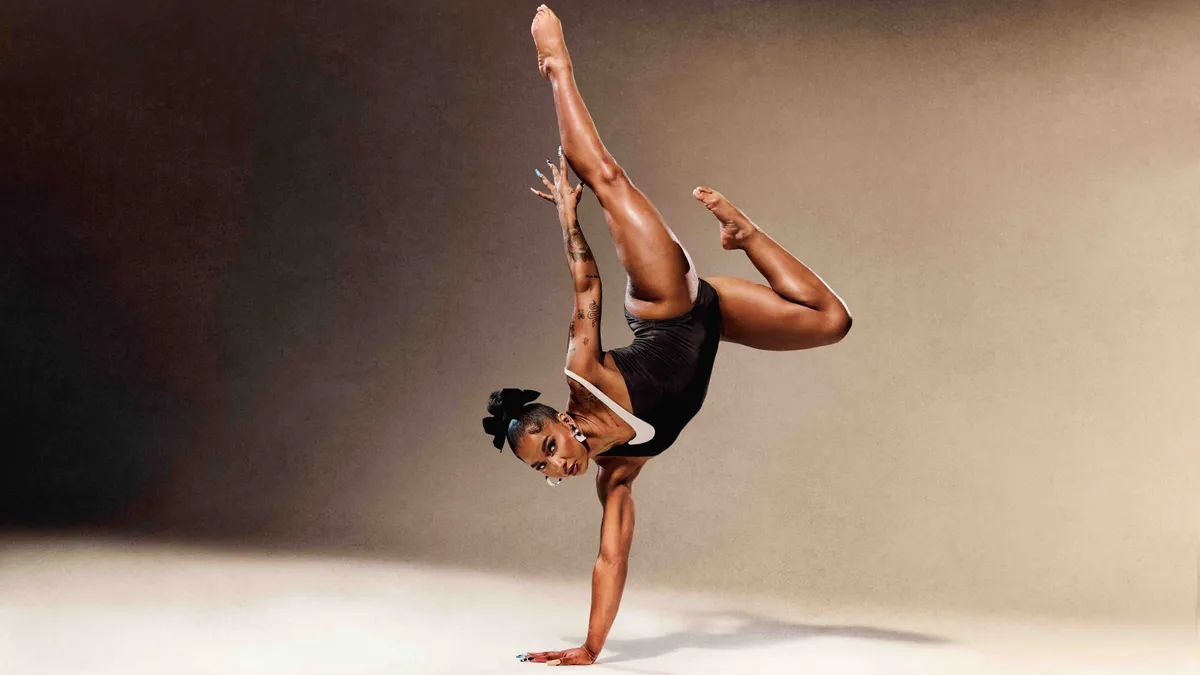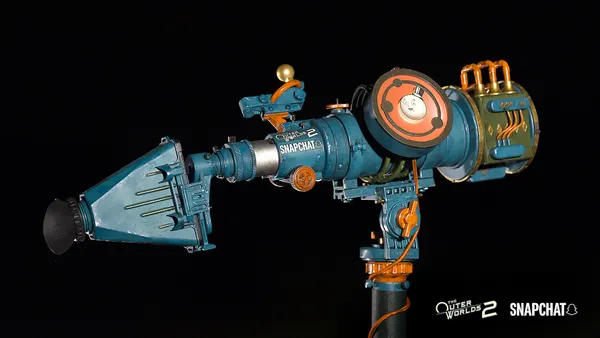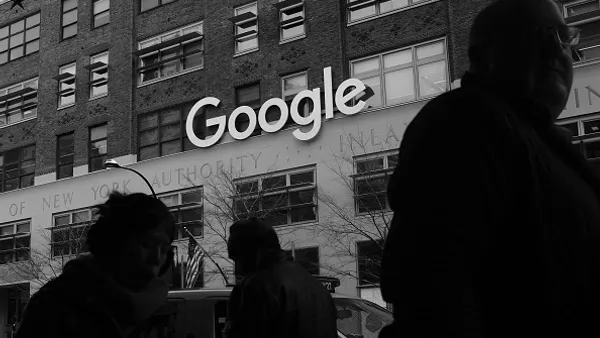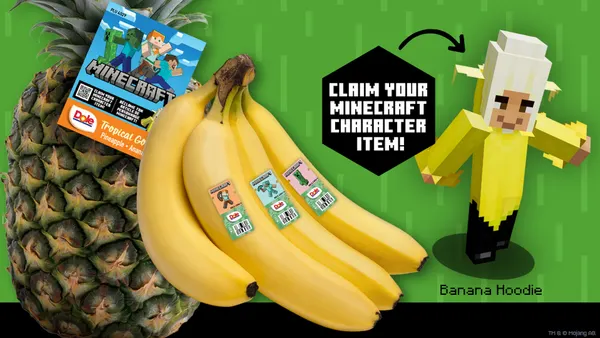Brief:
- Snapchat now offers geofenced Snapchat Lenses at Disney, Universal and Six Flags theme parks, letting visitors see augmented reality (AR) experiences on their smartphones, according to the Hollywood Reporter.
- This summer marks the first time that Snapchat has created AR experiences for Six Flags parks, including the soon-to-open Warner Bros. World Abu Dhabi. Visitors to 11 Six Flags parks can turn themselves into Superman or watch him make a daring rescue.
- Snapchat users can decorate their selfies with Mickey and Minnie Mouse overlays at Disneyland, Disney World and other Disney parks worldwide. The yellow Minions from "Despicable Me" appear at Universal Studios Hollywood and Universal Orlando Resort.
Insight:
Disney, Universal and Six Flags-partner Warner Bros. have quickly adapted AR technology to promote movies, and the addition of Snapchat Lenses to their respective theme parks is another way to entertain visitors and to preserve their vacation memories with a branded imprint. Snapchat has worked with Disney, Universal and Warner Bros. on several AR experiences in the past, such as Mickey and Minnie birthday lenses, a Superman lens and a Jurassic Park Bitmoji lens, per the Hollywood Reporter.
In recent months, Snapchat has prioritized AR, teaming with Bud Light and Dunkin' Donuts on AR games and with Adidas and Coty on an AR shopping tool. Meanwhile, the company has made headway with its programmatic AR ads, with more than 100 brands running the ad units.
Snapchat is among the companies that are investing in the rapidly growing market for AR and virtual reality (VR) technologies. While smartphones are the most popular platform for AR/VR experiences, consumers are expected to buy 22 million VR and AR headsets and glasses this year, according to an April report from CCS Insight. The market will jump to 121 million units by 2022 and be valued at about $10 billion. Smart glasses that show AR overlays will gradually move from enterprise applications to a broader consumer market of 4.5 million units, the researcher predicted.
AR and VR technologies are also a top priority for Facebook, Apple and Google. Facebook’s Camera Effects Platform, introduced last year, is part of the social network's apps including the Facebook News Feed, Instagram and Messenger. Facebook this year demonstrated how AR can be used to market Nike shoes with virtual try-on’s before making a purchase in Messenger.
While Facebook is also investing in its Oculus VR platform, Apple is developing a wireless headset for AR and VR, with a tentative release date of 2020. The headset would have an ultra-high resolution screen for each eye and be separate from a computer or smartphone, per CNet. Meanwhile, Google has experimented with AR technologies over the years, including its Google Glass headset, and the search giant is still working on the technology, per Wired. The company introduced ARCore last year to help software developers create AR experiences for the vast number of Android-powered smartphones worldwide.













